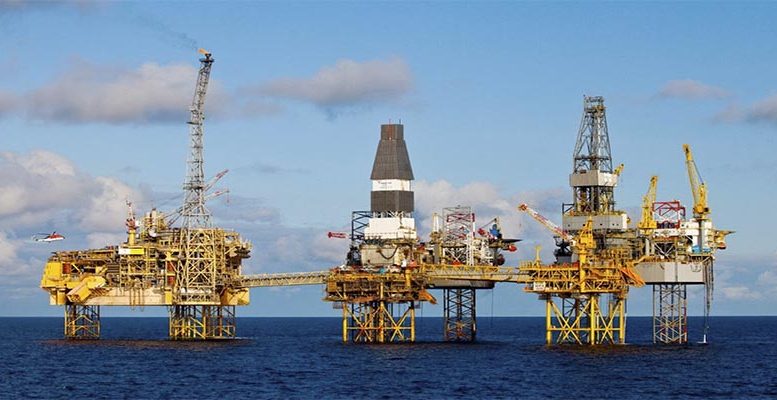Oil demand took the largest hit ever recorded in 1H20, as road and air travel collapsed during the global lockdown. Demand contracted 16 mn b/d YoY in2Q20 on IEA estimates, 5 fold the previously largest ever quarterly demand dropin 4Q2008. Demand is now recovering sequentially as the lockdowns are being eased around the world and workers have started to return to their daily commutes. Still, it could take a few years until all segments of oil consumption surpass levels seen prior to the COVID-19 shock. For now, road traffic has almost fully recovered and we expect global oil demand from road use to be in positive year-on-year growth territory by the end of this year. Air travel, however, has only recovered moderately and is well below last year levels.
Overall analysts at BoA Global Research see oil demand rising by 4 mn b/d to 104 mn b/d from 2019 to 2025, but the path is uneven. Air travel, measured by planes flown, is still down about 50% from pre-Covid levels. Experts believe air travel will not recover materially beyond this point until we get a vaccine or an effective cure for Covid-19. Most market observers expect it will take 12-18 months to have a safe and effective vaccine that most governments around the world roll out for mass immunization. Until that point, air activity may not recover much above 50% of pre-covid levels, our baseline for 2021. Assuming we do get a vaccine in late 2021, we have air travel rising to 75% in 2022 and 90% of normal in 2023. Thus over the medium term oil demand gets a positive bump in 2021-23 asit recovers the 2020 loss.Long term EVs still force peak demand by 2030.
Looking a little further ahead, oil demand still grows on BoA Global Research’s estimates to 2030, a point at which they see oil demand peak and go into terminal decline. The peak is caused by the erosion of demand growth from substitution into electric vehicles (EVs). Without EVs, of course, oil demand would continue to grow for another couple of decades as there is still plenty of scope for car proliferation in developing countries. In our base case we see EVs in light duty vehicles(LDV) rising to 34% of sales by 2030 and 95% of sales by 2050, which suggests oil demand will peak at around 105 mn b/d by 2030 and decline to 95 mnb/d by 2050. Should medium-heavy vehicles like trucks also move away from oil fuels in the mid-2020s, global oil demand could fall to 76 mn b/d by 2050.
On that note, hydrogen fuel cell electric vehicles (FCEV) might have more potential than battery electric vehicles in medium-heavy vehicles. If hydrogen costs continue to decline as countries ramp up electrolysis hydrogen production using cheap renewable power, fuel cell vehicles could play a growing role in the energy transition. In a scenario where FCEVs rise to 50% or 95% of sales by 2050, oil demand falls to 85 and 76 mn b/d respectively by 2050. These two scenarios would boost global hydrogen demand by 160 and 310 million tons per year (mtpa), respectively. This would mean a multi-fold increase in the size of the global hydrogen market, which currently is only 80 mtpa, split about evenly between ammonia production and refining/petchem use.





